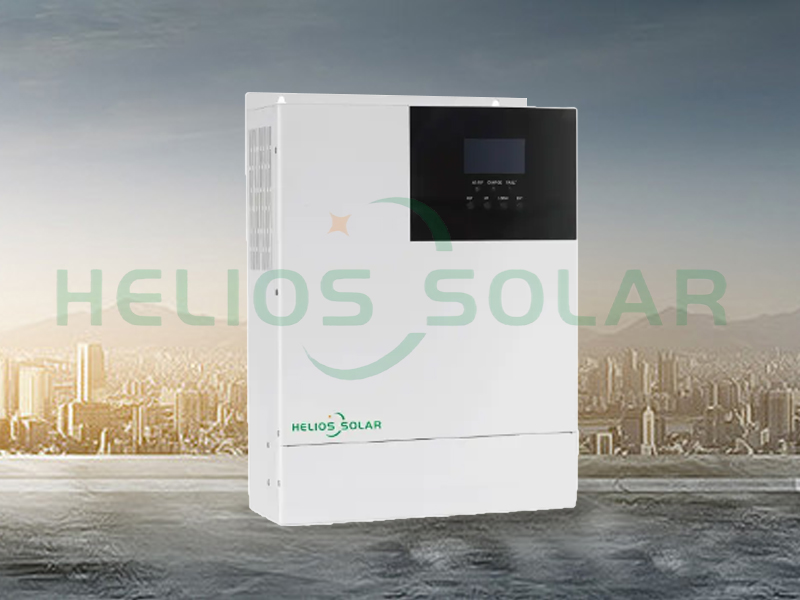As the world continues to shift toward renewable energy, solar energy has emerged as a major contender in the quest for sustainable power generation. Solar energy systems are becoming increasingly popular, with solar panels appearing on rooftops and in large solar farms. However, for those new to the technology, the components that make up a solar system can be complex and confusing. Two key components in a solar system are solar inverters and solar converters. While these devices sound similar, they serve different purposes in converting solar energy into usable electricity. In this article, we will explore the differences between solar inverters and solar converters, clarifying their unique features and applications.
Solar inverters:
A solar inverter is a key component of a solar system, responsible for converting the DC power generated by solar panels into AC power, which is used to power home appliances and feed into the grid. Essentially, a solar inverter acts as a bridge between solar panels and electrical equipment that relies on AC power. Without a solar inverter, the electricity produced by solar panels would be incompatible with most home appliances and the grid, making it unusable.
There are many types of solar inverters, including string inverters, microinverters, and power optimizers. String inverters are the most common type and are usually mounted in a central location and connected to multiple solar panels. Microinverters, on the other hand, are installed on each individual solar panel, thereby increasing efficiency and flexibility in system design. A power optimizer is a hybrid of a string inverter and a micro inverter, offering some of the advantages of both systems.
Solar converter:
The term “solar converter” is often used interchangeably with “solar inverter,” leading to confusion about their respective functions. However, a solar converter is a device that converts the DC electricity generated by solar panels into a form that can be stored in a battery or used to power DC loads. Essentially, a solar inverter is responsible for managing the flow of electricity within a solar system, ensuring that the electricity produced is used efficiently and effectively.
One of the main differences between solar inverters and solar converters is their output. A solar inverter converts DC power into AC power, while a solar converter focuses on managing the DC power within the system, directing it to the appropriate destination, such as a battery or DC load. In off-grid solar systems that are not connected to the grid, solar converters play a vital role in storing excess energy in batteries for use during periods of low solar power generation.
Differences and applications:
The main difference between solar inverters and solar converters is their functionality and output. Solar inverters are designed to convert DC power into AC power, enabling the use of solar energy in residential, commercial, and utility-scale applications. Solar converters, on the other hand, focus on managing the flow of DC power within the solar system, directing it to batteries for storage or to DC loads for direct consumption.
In fact, solar inverters are essential for grid-tied solar systems, where the AC power generated is used to power homes and businesses or fed back to the grid. In contrast, solar converters are critical for off-grid solar systems, where the focus is on storing excess energy in batteries for use when solar generation is low or to directly power DC loads.
It is worth noting that some modern solar inverters contain converter functionality, allowing them to perform DC to AC-conversion as well as management of DC power within the system. These hybrid devices offer increased flexibility and efficiency, making them ideal for a variety of solar applications.
In conclusion, although the terms “solar inverter” and “solar converter” are often used interchangeably, they serve different purposes in solar energy conversion and management. Solar inverters are responsible for converting DC power into AC power for use in homes, businesses, and on the grid. Solar converters, on the other hand, focus on managing the flow of DC power within a solar system, directing it to a battery or DC load for storage or consumption. Understanding the differences between these two components is critical to designing and implementing efficient and reliable solar energy systems.
If you are interested in these, welcome to contact solar inverter company Radiance to read more.
Post time: Apr-29-2024


